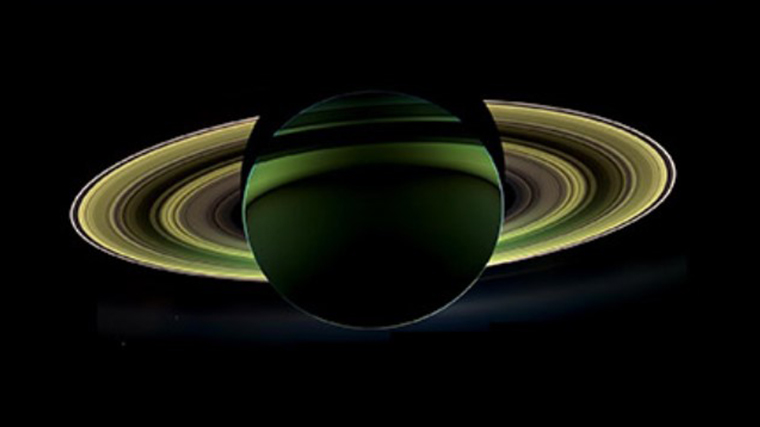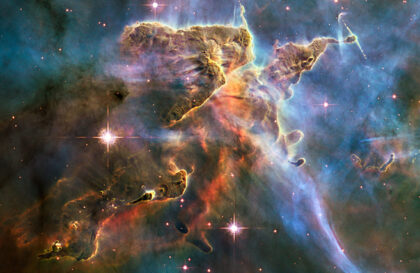NASA announced in its latest Operations Review that support for the Hubble Space Telescope will continue until June 2026. However, current estimates hint that it could remain in a high enough orbit to continue operations into the mid-2030s and beyond, as its solar arrays and arrays remain in excellent condition.
However, there is a limitation associated with the gyroscopes that Hubble uses for maneuvering and targeting. Despite the fact that almost all observatory systems have backup counterparts to ensure reliable operation, gyroscopes are one of the few exceptions. Of the six installed gyroscopes, three turned out to be faulty.
Hubble is currently operating with three working gyroscopes and no backups, Andreoli said. Although three gyroscopes are required for optimal performance, observations are still possible, albeit less efficiently, using only one gyroscope.
In 2020, John Gransfeld, a renowned American physicist and former NASA astronaut, opined that spacecraft like the SpaceX Crew Dragon or Orion could perform a repair mission for Hubble in the next ten years. He stressed that although robotic technology is not yet sophisticated enough, such repairs can be done. In this context, Gransfeld said: “We could extend the life of the Hubble for several decades” by installing new gyroscopes and instruments.
In September 2022, NASA and SpaceX entered into a Space Agreement to explore the possibility of launching the Crew Dragon mission to service and carry the Hubble to a higher orbit. Such a move could potentially extend the lifetime of the telescope by another 20 years.
Image credit:
https://www.nasa.gov






